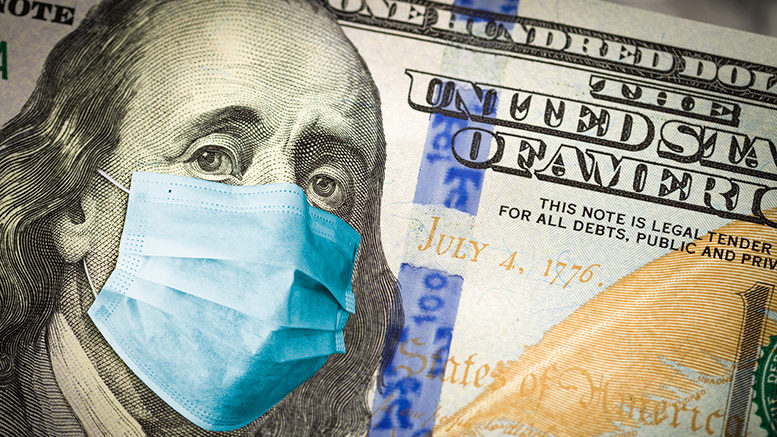When Krondelette Fuller graduated from high school in 1983, she had no interest in college. Thirty-seven years later, her outlook changed when she lost her job during the pandemic.
Fuller wanted to return to school, but she had no income to even support her basic needs. Earning a college degree looked like an impossibility — if not for the availability of Higher Education Emergency Relief Funding (HEERF).
This excerpt comes from the current issue of Community College Journal, the award-winning flagship publication of the American Association of Community Colleges.
The pandemic relief money helped Fuller pay for online classes at Dallas College, as well as gas, food, rent, and even internet access. Because of this federal assistance, she was able to earn her associate degree in May, and now she hopes to become a teacher.
The HEERF program “is the greatest thing ever,” she told a local TV reporter while fighting back tears.
The three pandemic relief bills passed by Congress since March 2020 collectively provide about $75 billion for U.S. colleges — as well as the students they serve. The legislation has brought three waves of funding to community colleges, known as HEERF I, HEERF II and HEERF III.
Colleges must spend a certain portion of the money on emergency financial aid grants to students, and the remainder can be used for institutional priorities related to the pandemic. Colleges must spend the money within one year of receiving it.
The funding gives colleges a unique opportunity to make a significant investment in their community. For the students who benefit, like Fuller, the results can be life-altering. However, the restrictions on how colleges can spend the money force leaders to struggle with a fundamental question: How can they leverage this temporary windfall in ways that will have the biggest long-term impact?
Removing barriers
Aside from purchasing the infrastructure and supplies needed to keep students and staff safe from Covid-19, many community colleges are using HEERF allocations to wipe out the debt that students incurred during the pandemic. Their goal in doing so: Remove a key impediment to students’ success.
Quinsigamond Community College in Worcester, Massachusetts, used nearly $2.6 million of the institutional money it received in May to erase college-held debt for students. The debt relief program affected nearly 1,700 current and former students, with an average debt forgiveness of $1,525 per student. Anyone who was enrolled in a credit degree or certificate program at any time from the start of the pandemic through the end of the spring 2021 semester was eligible.
“We didn’t want debt to become a barrier for our students,” says President Luis Pedraja.
Like most community colleges, Quinsigamond serves a student population that has been particularly hard hit during the pandemic. Before Covid-19 emerged, about half of its students experienced food insecurity and 11% lacked secure housing.
“I imagine those figures have only grown,” Pedraja says.

